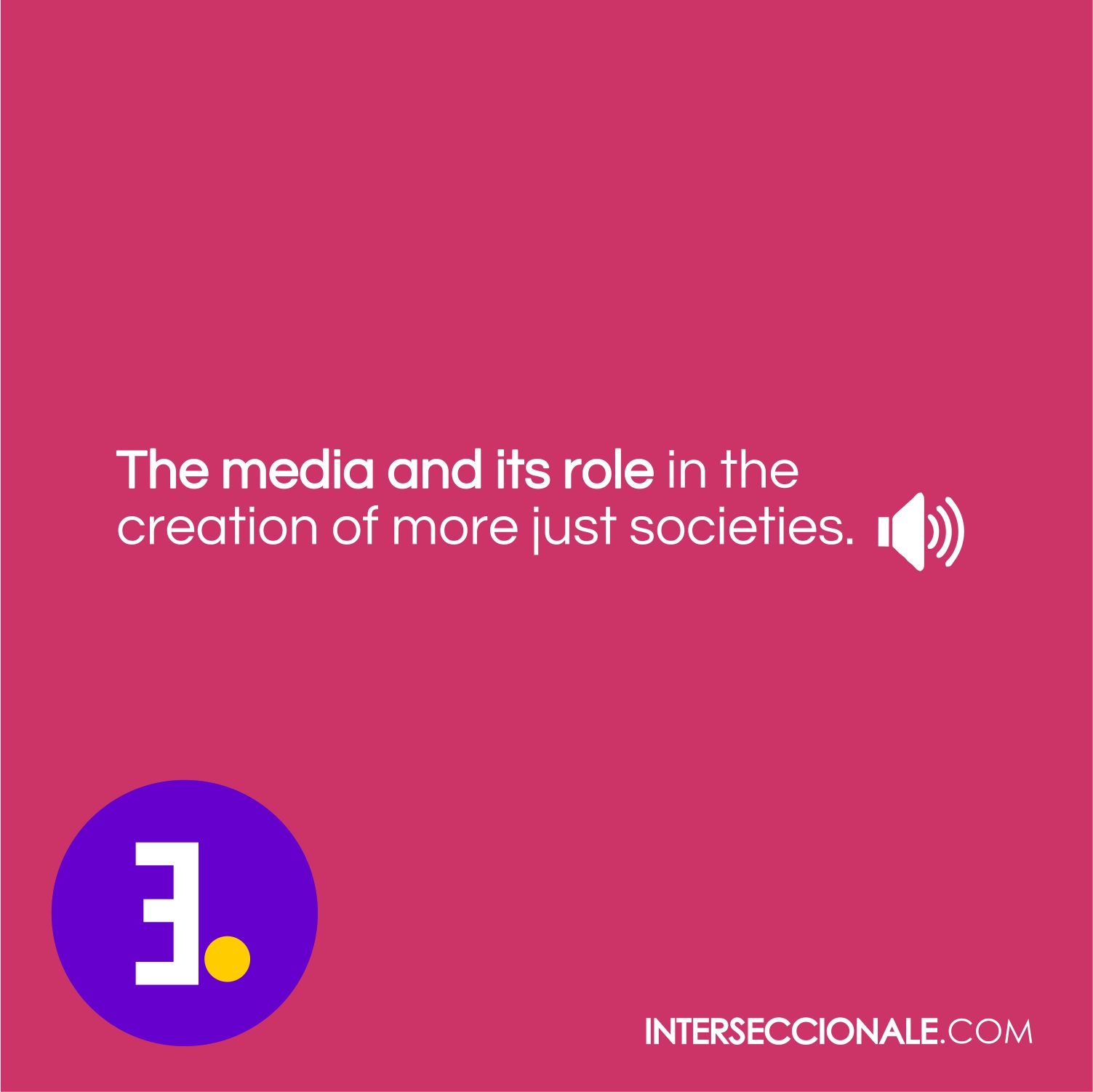Do we ever truly pay attention to all the messages we receive from the media? The reality is that we are exposed to over 11 million bits of information per second, of which we only process between 40 and 50. Our brain has a filter, our ascending reticular activating system, which is responsible for filtering out the “noise”. The partial information we capture only shows us a part of reality. As a result, we navigate through safe and direct paths created by our brain to simplify the decision-making process, leading the majority of our decisions to become automatic responses to situations that are part of our life experience.
The pandemic has brought about several changes in the world, one of which is that people are increasingly communicating less and failing to listen to our own voices, which has polarized many societies. This behavior is also reflected in the media, where instead of educating, they emphasize biased and stereotypical opinions that align with the media’s editorial line.
So, the question is: why is there a lack of real inclusion in the media? Nowadays, news reports (about thefts, violence, or murders) consistently include the nationality of individuals. Throughout history, the media has played a fundamental role in shaping public opinion and constructing social reality. However, it is important to reflect on how the media can contribute to the creation of fairer and more equitable societies, and how polarization persists in the Peruvian reality.
In many cases, the media has chosen to follow an editorial line that reinforces existing stereotypes and prejudices in society. This has led to the amplification of biased opinions and the exclusion of diverse voices, perpetuating inequalities and divisions in our society.
One of the main issues is the lack of inclusion and the “everyday aggressions” among TV show hosts. These supposed jokes or generic statements about their identity (gender, weight, sexual orientation, etc.) affect people’s self-esteem, regardless of whether it is voluntary or not, all in an effort to generate “real conversations” with the audience.

To reverse this situation, it is essential for media professionals to be aware of the unconscious biases that may exist in their work and receive training in promoting inclusion and diversity. Sensitization and education on equity and human rights should be integral parts of media education and professional practice.
It is the responsibility of the media to promote messages of inclusion that reflect the diversity of our society and foster respect, tolerance, and equality. This entails not only giving voice to those who have historically been excluded but also ensuring that news is presented objectively and free from stereotypes.
Training, sensitization, and acknowledging our biases are key factors in achieving real change in how the media represent and address the issues in our society. Only then can we build a more united and just society for all individuals.
#MediosDeComunicación #Inclusión #Diversidad #SociedadJusta #Polarización #Perú #MediaInclusion #FairSociety #PolarizationReflection #DiverseVoices #InclusiveMedia #TransformingReality